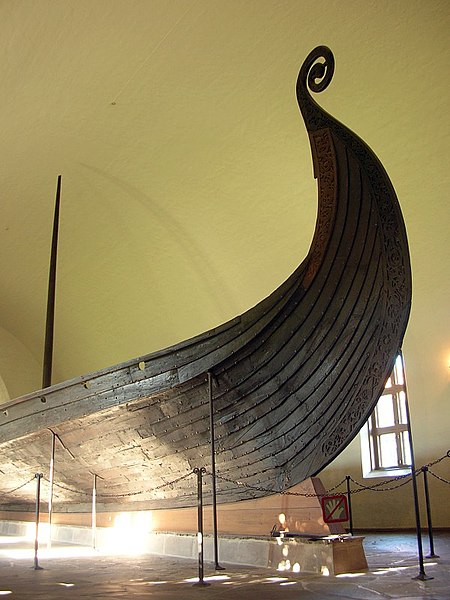I have no
doubt dear blog readers that you have a good appreciation of quality,
probably far more so that the average person in the street for whom
quantity seems more important. Does quality have to cost though? Are we
just the fortunate few to enjoy quality? A few weeks ago I had to say
goodbye to this pair of shoes.
They were made for me about ten years ago by Jeremy Atkinson and
as you can see they have had a hard life but served me well. Normally
bespoke footwear is very expensive. Even a pair of off the shelf Church's cost £300-£400. A pair of proper bespoke shoes by John Lobb
will set you back £3000. If you can find a good shoemaker with low
overheads and buy direct however you can get quality bespoke shoes that
cost less per year than cheap Chinese shoes. When I helped judge the
Balvenie masters of craft awards last year Ruth Emily Davy
a young shoemaker in Wales was one of our winners, her shoes are around
£300, now if you get 10 years out of them that is better than £30 a
year on cheap shoes going into landfill.
My shoes from Jeremy were less than half that price yet the quality is superb. The leather is thick and supple like the best saddle leather, it comes from Clayton's tannery at Chesterfield. They fit, like a glove? er well like a shoe? or well like a shoe should do if it's been made exactly to fit your foot. There is no doubt over the ten years my previous pair lasted, and I am very very hard on my footwear, that these were far better value than buying a new pair of cheap shoes each year.
These
two pairs are the only shoes just like this Jeremy has ever made, they
are basically a clog upper on a shoe sole. I love my welsh slipper clogs
and particularly this clever little clasp which allows you to slip the
shoes on and walk away or clip them up tight with a flick of the finger.
He does more normal shoes with lace ups as well and wonderful clogsl
Now just before you click off to check his website be warned it can take a while to buy from him, you need to be persistent.
Now I have been blogging for a couple of years and really value the support and feedback I get in comments posted, people mentioning they read when we meet and nice emails. If you were here I would offer you a drink. To continue the theme of quality going a long way it would probably be a drop of Balvenie. I won this bottle of Balvenie 30 year old 2 years ago when I was Balvenie's "Artisan of the Year". It's not quite finished yet, I have made it last. It only comes out on special occasions and generally as part of a Balvenie tasting where we start with the £25 12yr old doublewood then have my favourite the 15yr old £40 single barrel and only then a little taste of the £300 30yr old. It may be extravagant but with whisky like this you only need a small amount to enjoy the flavours so there are maybe 70 good tasters in a bottle. Compared to a bottle of wine from which you get 4 glasses my £300 bottle equates to £4 a taste or a £16 bottle of wine which probably is no where near as special. Now what you are asking is that strange small sample beside the 30yr old?
let me pop the lid and let you sniff....pretty special yes? Careful don't spill it...
Well this one is pure indulgence of the John Lobb level, no way I can even try to justify this as being quality but really better value than cheap wine or shoes. No this is extravagant. Two weeks ago I had an invite to the launch of the Balvenie 40yr old at the V&A. It fell in the middle of a bowl carving course and I couldn't let my students down so I was gutted to have to decline. Thankfully those lovely folk at the Balvenie sent me this 10ml taster in the post. How special? Well there are only 150 bottles available worldwide with only 18 allocated to the UK 2 of which they drank at that launch at the V&A. At £2500 a bottle my tiny 10ml bottle works out about £35. I'm saving this one and just sniffing it occasionally at the moment. I'll probably share a tiny taste with my dad over Christmas.

















































